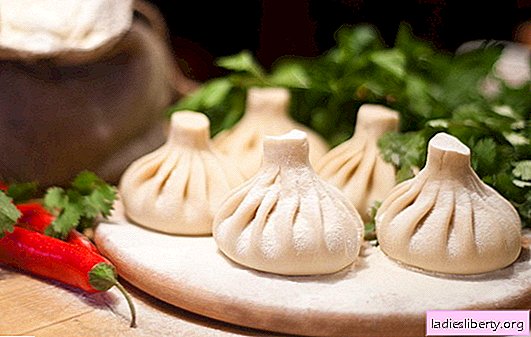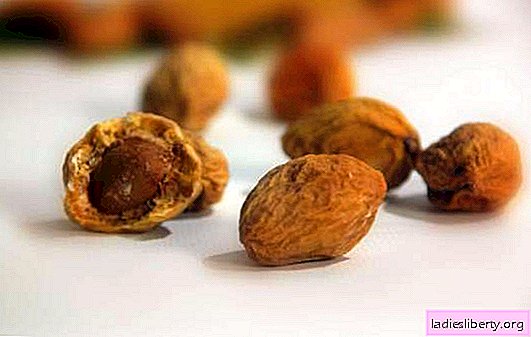
Any pain is a signal of the body, which means that you should pay attention to your own health. This is true, including if the leg hurts under the knee. The body of any person is a well-coordinated biochemical mechanism that ensures normal functioning. But no matter how accurate it is, there is always the possibility of violations. In the structure of orthopedic diseases, pathologies of the knee joint and popliteal region are of great weight.
According to special statistics, about 10% of people in the world suffer from diseases of the knee joint. The older the patient, the higher the number, and by the age of 60, the number of people suffering from such pathologies increases to 25%. Significant number. However, this does not mean that pathological processes in the joints are "senile" in nature. Young people also get sick.
In order not to miss the important moment when the disease can be "strangled in the bud," you should arm yourself with knowledge.
Who is at risk?
There are separate groups of people who are more prone to pathologies of the knee joints. The risk group includes:
• Persons involved in sports. We are talking about professional athletes, to a lesser extent about amateurs. The greatest danger is represented by sports such as tennis, football, hockey.
• People professionally engaged in physical labor: loaders, etc. Due to exorbitant loads, the joints tend to collapse, gradually affecting all surrounding structures.
• Persons suffering from concomitant diseases of an inflammatory or inflammatory-infectious nature.
Such people should especially carefully listen to their own feelings and at the first suspicion go to a medical institution.
Leg under the knee hurts: causes
There are many causes of pain under the knee. This complex condition requires careful differential diagnosis, since we can talk about a variety of diseases: from joint pathologies, to problems with blood vessels. Based on this, we can talk about the polyetiological nature of this condition. Depending on the specific cause of the popliteal pain, the following groups of development factors are distinguished:
• Pathologies of the knee joint itself.
• Disorders in the periarticular structures: muscles, tendons, etc.
• Third-party diseases not related to the joints.
Pathology of the knee
Isolated knee diseases are not common, in only 2% of cases. Where more common are complex lesions of the joints and periarticular structures. If we talk about an isolated lesion of the knees, we can talk about the following diseases:
• Cysts and cystic formations of the popliteal region. If the leg under the knee hurts, the cause may lie in the cystic formations of the popliteal region. More often than not, a formation known as Cyst Baker forms under the knee. This is a rounded cystic structure that rises above the popliteal region. It looks like a round soft knot of different sizes. Another type of cyst is meniscus cyst. Unlike Baker cysts, it is impossible to see them yourself. Information about the cavity formations of the menisci gives only palpation or instrumental diagnostic methods.
• The real scourge of people engaged in manual labor is meniscus tears. This is a painful injury that makes itself felt immediately after receipt. If treatment is not started on time, there is a high risk of disability and disability.
• Arthritis, arthrosis of the knee joint. Meet often.
Pathologies of the popliteal structures
This category includes tendon pathologies, inflammatory processes in the muscles. Such conditions are characterized by a more favorable prognosis for life and work, as they are easier to conservative treatment.
External diseases not associated with joints and periarticular structures
• Diseases of blood vessels localized in the popliteal region. This is aneurysm of the popliteal artery, vein thrombosis. Such conditions can cause leg pain under the knee.
• Tumors of nerve tissue (such as tibial nerves).
There are many reasons why a leg hurts under the knee.
Symptoms of diseases causing pain under the knee
Since there are a huge number of probable causes of pain, the number of diseases is also great. This means that each of the diseases and conditions includes a specific symptom complex. Among the most common symptoms are:
• Vascular lesions. They are accompanied by swelling of the extremities in the knees, moderate intensity pain, numbness of the extremities (due to circulatory disorders), and a feeling of creeping. These are standard manifestations of ischemia.
• Knee arthritis. They are manifested by typical symptoms: limitation of motor function in the knee joint (sometimes the patient cannot even move his leg), redness and swelling above the site of the lesion, intense pain, which intensifies at night and in the morning.
• Meniscus injuries. Accompanied by intense pain with the inability to straighten the leg. In addition, the knee turns red and swollen.
• Meniscus and popliteal cysts. Almost do not manifest themselves. Mild pain and impaired functioning of the knee joint are possible.
In some cases, the development of symptoms of general intoxication of the body is possible: fever, headache, drowsiness, fatigue.
Diagnosing knee problems
Diagnosis begins with the selection of a treating specialist. Orthopedic surgeons deal with knee problems, if a rheumatoid factor is observed - in tandem with a rheumatologist. First of all, it is recommended to visit a general practitioner or surgeon. Neither will help to deal with further actions.
At the initial consultation, the doctor asks questions regarding the condition of the patient, his complaints, the nature and limitation of manifestations, etc. This is a collection of history and it is necessary for the initial diagnosis. In the future, the stage of instrumental diagnostics begins.
• The most common study is joint radiography. Such an examination allows you to evaluate the bone structure of the knee, to detect damage, destruction of cartilage, etc. Due to its low cost, it is used everywhere.
• Well-proven ultrasound of the knee. This study provides an opportunity to carefully examine the soft tissue surrounding the knee.
• MRI / CT is the gold standard for diagnosing problems with the musculoskeletal system, but due to its high cost, it is prescribed extremely rarely, only in the most difficult cases.
• Arthroscopy. It is an invasive endoscopic examination. It is informative, as it enables the physician to personally assess the knee structures.
Laboratory studies also play a large role in the diagnosis. Assigned:
• General blood analysis. Helps detect inflammation.
• Blood biochemistry: makes it possible to see inflammation or uric acid diathesis, which often indicates a gouty process.
• Urinalysis to evaluate the concentration of urate salts.
In general, the diagnosis presents some difficulties. But an experienced specialist will understand without problems.
What to do if the leg under the knee is very sore
In most cases, conservative drug therapy is enough to treat pain under the knee. In the case of treatment are assigned:
• Drugs against inflammation. Nise, Ketorolac, Ibuprofen, etc. And are prescribed to relieve inflammation in the affected joint. Self-administration is not recommended, since there is a high risk of a change in the clinical picture.
• Analgesics - to relieve pain.
• Chondroprotectors. Prescribed in order to protect the joint from destruction, as well as inhibit the degenerative process.
• Antibacterial drugs (if the disease is purulent-inflammatory).
• Other medicines, depending on the specific disease.
There are absolutely clear reasons for the operation:
• The presence of aneurysm.
• Rupture of the meniscus.
• Cyst of the knee or popliteal region.
In other cases, doctors take wait-and-see tactics.
Thus, the answer to the question "what to do if the leg under the knee is very sore" is as follows: consult a doctor and begin treatment. You can independently stop the pain syndrome with analgesics and anti-inflammatory. But you need to take them with caution, no longer than 1-2 days.
Prevention of pain under the knee
• It is recommended that you maintain an optimal level of physical activity. Hypodynamia is the enemy of the joints, as well as an overabundance of activity.
• If the patient is engaged in physical work, it will be optimal to take breaks every 1-2 hours.
• Routine examinations by the surgeon should be regularly performed.
Thus, pain under the knee can be caused by a variety of diseases and pathologies. It is impossible to carry out diagnostics on your own, because this is a direct path to improper treatment. At the first echoes of the problem, you should immediately consult a doctor.











